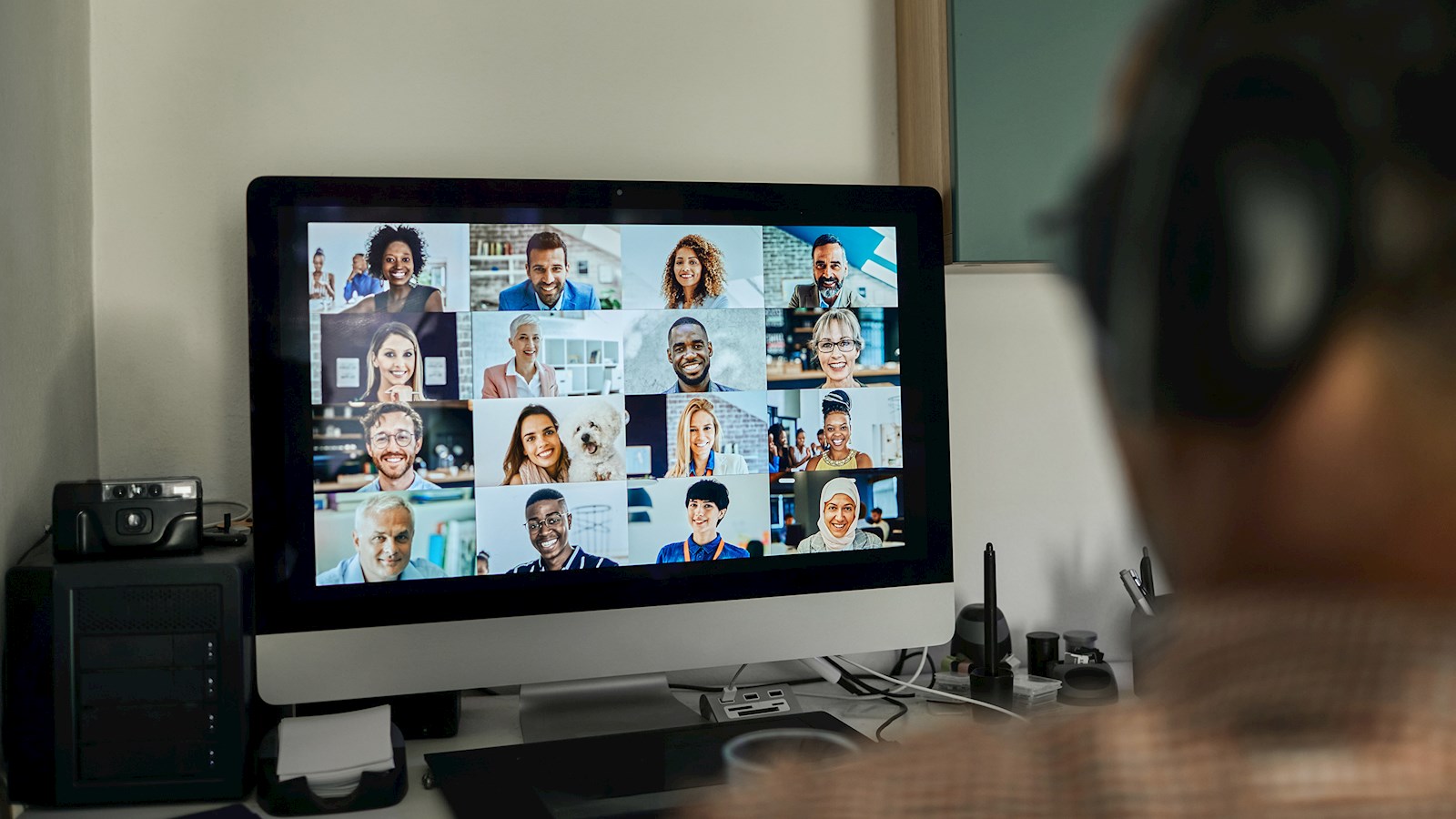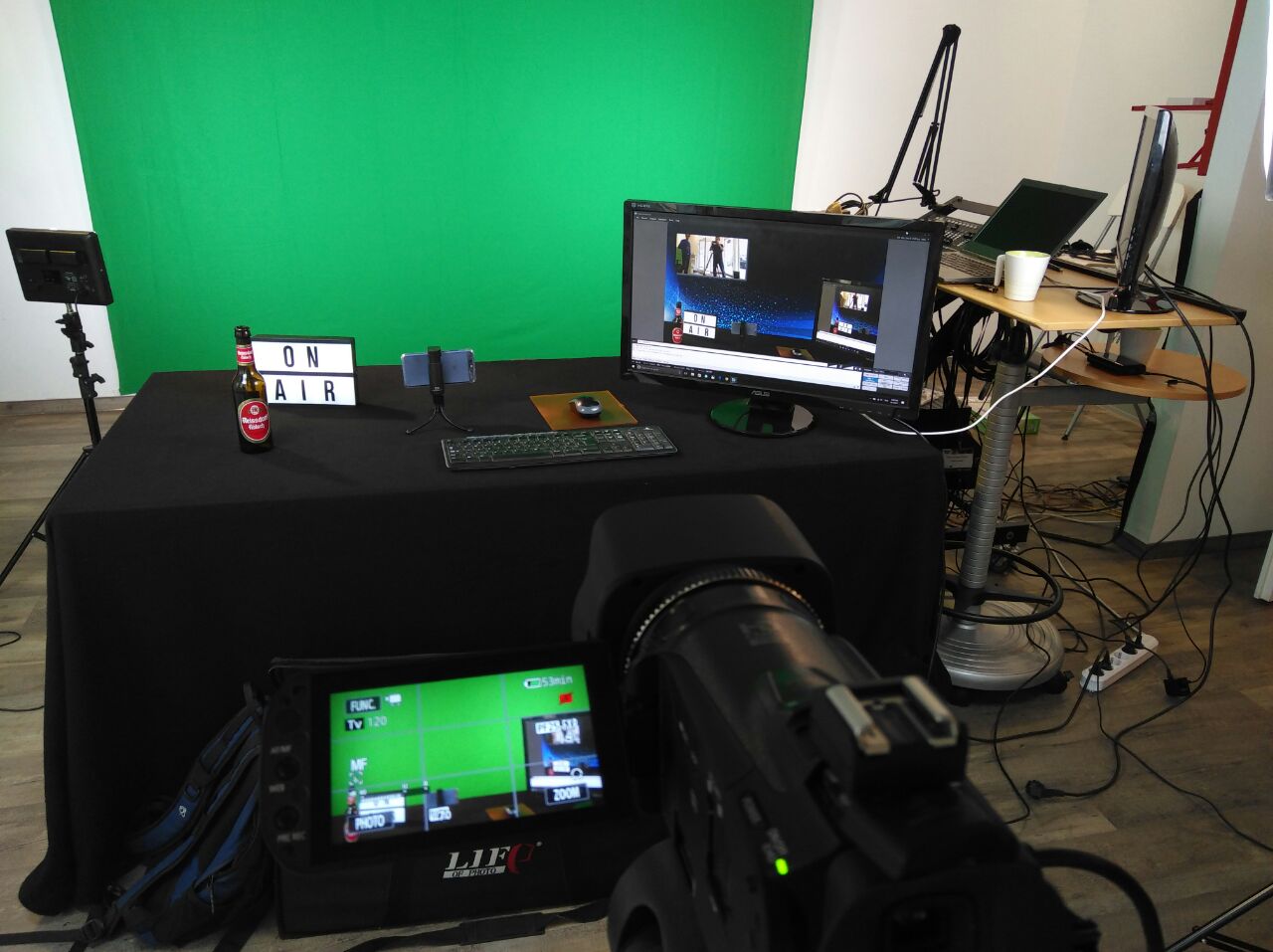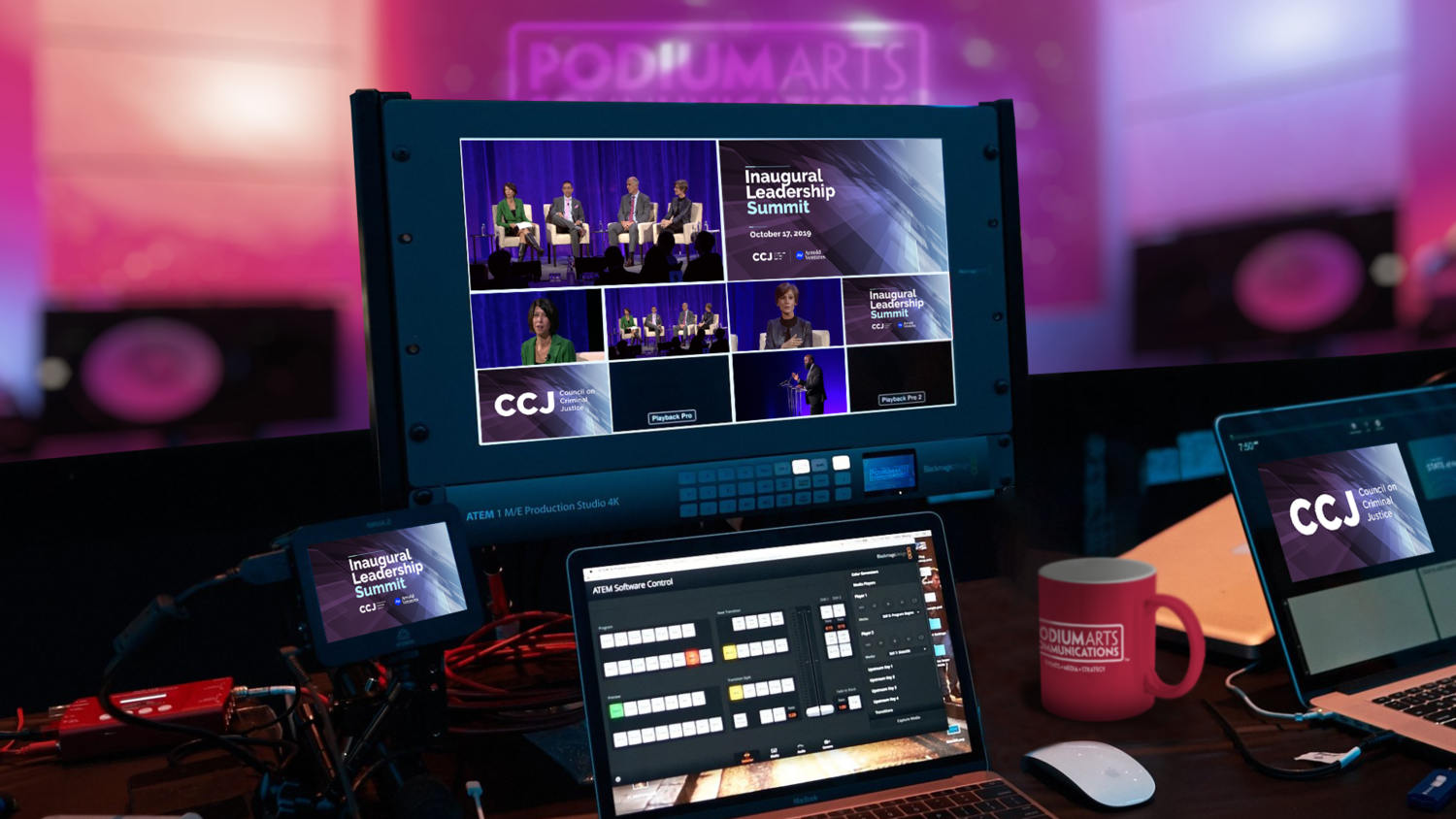It
has been a tough period for event planners and companies that are
facing mandates and calls to cancel their events globally as curfews
and lock-downs are put into action by governments around the globe
due to the outbreak of Covid-19 that has taken so many lives and has
crumbled the world economy, but does that mean that those companies
and planners have no other options? Does this mean that events should
be put off or postponed? And does that mean people have to miss on
events and occasions until the pandemic is under control?
In
this article we will be discussing an alternative way for companies
and planners that enables them to host their events and celebrate
their occasions through various tools and technologies. Virtual
Events, a way to stay connected with your audience and entertain them
or communicate with them.

How
to plan your Virtual Event?
Planning
a virtual event, and just like any event, requires a plan with
operational strategy and practical approach that has its challenges
and characteristics. As we go through this article we will be listing
and explaining the very necessary steps needed for you to plan your
virtual event.
-
First
on the list, know your audience.
The
major concern in this virtually connected world is that people have
control over what they see and what they contribute to which laid the
ground basis for what we know today as "video-on-demand” that was
popularized by YouTube and then was adopted by every major
entertainment production company. This capability allows people to
"bounce” which means they are capable of leaving any sort of page
or content the moment they lose interest or aren’t intrigued
enough. Therefore, and before or else, you need to know who you are
talking to, what they like, when they can give you the time you need
and through what means, and of course what they follow and what are
their interests. Another thing you need to take into consideration is
the latest trends online and in technology so you can even influence
your audience and stay in their memory for a longer span instead of
just going with the flow.
-
Develop
your concept!
Moving
to virtual events in such times requires to be done fast, this is
true, but still fast doesn’t mean sloppy. This is where you need to
grab a pen and a notebook and take some notes.
First
thing first, your event should be a visualization of something, a
concept, an idea, for your event needs to have an objective. So first
ask yourself this: Why am I doing this event? Then you need to ask
yourself: What do I want my audience to see? Third, you will need to
ask yourself "How can I make this happen? What tools do I need? And
is it even possible? Fourth, you need to ask yourself "What type of
interaction with the audience am I after? Should they interact with
the material I provide only? Should they be able to interact with
each other? Will they be navigating through some virtual world? Will
they be just watching pre-recorded content? Should they have a part
in the event, and ask questions and share views and whatnot?”

For
setting your objective and concept, this is directly related to the
reason you landed on this page mainly, you have a message that you
need to deliver to your audience, and this message could be about
launching a product, an entertaining show, discussion of a certain
topic and so on, or it can be about a certain occasion you need to
celebrate with your audience and remind them of something
significant, or simply about connecting with your audience. Therefore
developing your concept has to follow suit as your objective, in
other words, once you know what you want to say you move on to how
you will say it.
After
figuring out what you want and how you want it we reach the stage
where it is required for you, even on a technical level, to know what
is required for you to execute your idea. This means you should now
look for the solutions and platforms and the technical people that
can help you transform this idea into a reality, this process might
be tiring and in some cases and for those who cross the line of
reality into a world of science fiction it can be disappointing.
Understanding technology, human progress and the limitations of
today’s world is a must, therefore once you lay your concept and
visualize it you are required to do your homework, search for
possibility to bring such event into reality and what tools are
needed and what people should be involved, create your lists, do the
cons and pros table comparisons and get to contacting and developing
your concept.
Something
to keep in mind.
Don’t
make things too complex for your audience. The main idea here is that
you have done your research and worked with the technologies of your
choice and the platforms they operate through but your audience
haven’t, they may be totally unfamiliar with your choices or even
never heard of them, therefore the more a certain technology or
platform is used already by your audience the better it is for your
event.

How
will your audience interact with you?
The
answer to such a question isn’t completely open-ended because it is
limited to the technology and the platforms available and accessible
by both you and your audience. Therefore to be able to decide on what
type of interaction is needed we have first to be aware of what
options do we have.
There
are two common options for capturing virtual events. Ranging from
simple to complex. Below we break down the types as well as pros and
cons of each.
Webinar/Live
Stream Type Format
This
is probably the format you are most familiar with. Many people have
attended online webinars or live streams. They are very common and
easy to create. The downside of webinars and live streams is that
they do not allow for much audience engagement beyond polling, or
chat outside of when the webinar or live stream is live. It more or
less allows attendees to show up and watch a presentation with very
little interaction. You want to look for a way to create long term
engagement and often this is not the best way. A single platform is
more like having just a venue without all the unique details you
bring to your events, it is more or less an empty space to hold the
event. To truly engage your audience you can do more! Enter virtual
conference formats!
Virtual
Conference Format
A
conference format allows for a more complex event. Conference style
formats allow for rooms for the general sessions and smaller rooms
for each of the breakout sessions. There are options to allow for
more dialogue and capabilities to have 1:1 sessions, coaching, and
networking.
Depending
on your setup you can also allow people to see each other and
interact, this is a great option when more dialogue is needed. It
will also make the attendees feel more involved like they are
actually there vs staring at a screen with little interaction. These
virtual events are more complex and require more technical prowess
which is why it is recommended to hire a technical producer. Similar
to an in-person event, your technical producer will be behind the
scenes making sure all the working parts work together for a seamless
experience.
To
Go Live or Not to Go Live?
With
virtual events how you present your content has greater options than
in-person events. Virtual events can be pre-recorded, live, or a mix
of the two. Depending on your needs one way may better suit you than
the other.
Pre-Recorded
Content
As
technical producers, this is our least favorite option. Pre-recorded
content can allow for less stress at the "live” virtual event,
and can limit technical malfunctions but it is less engaging. This
type of content cannot adapt to the tone of the audience, the
excitement (or lack thereof) in the chats, or answer questions that
come in – in real-time. In sessions that are pre-recorded they
often fail to create the excitement that a live event gives you, it
feels more like watching a YouTube video than being part of
something. Attendees will feel less invested because it is not live,
they can leave and come back and no one will really know. For this
reason, we recommend this only as a last resort.

Live
Virtual Events
Virtual
events where speakers are live and have interaction can offer a lot
more for the attendee and are an overall more engaging experience.
Speakers at these virtual events can answer attendees’ questions in
real-time, shift conversations as needed and respond to polls from
the audience in real-time. This is a much more interactive
experience. To pull this off correctly you will need a technical
production team that is capable of switching between speakers,
balancing audio, video and so much more.
Make
it Hybrid
Fully
live events can be stressful, but like we said pre-recorded options
are far less engaging. Creating a hybrid content for your virtual
event can be a good option too. In this case, you can have a mixture
of some live presentations and a live MC guiding attendees through
the event. Some of your content will be pre-recorded similar to a TV
studio you will have pre-recorded talks. During those pre-recorded
portions your MC can do the Q&A and give shout outs to those
tuning in.
Producing
Great Content for Virtual Events
A
great event requires great content. This is even more important when
it comes to a virtual event. Think about it, we already know
attention spans are low. In fact, humans have a shorter attention
span than a goldfish. Chances are your attendees are watching from
the comfort of their home, that means you are competing with a lot of
distractions that are not at in-person events.
Because
attention spans are shorter and distractions are higher you must plan
for shorter and more engaging content. Virtual attendees need love
too. This can take many shapes and forms. Perhaps instead of having
full-day sessions, you extend the conference over the course of a
week with 2 hours of content each day. You can also make your content
to encourage activity by having speakers do live-polling, Q&A,
and quizzing. Another way to make the live-stream interactive is to
allow for giveaways, this could be a presenter doing a drawing,
quizzing or pop-up over videos to enter to win.
With
virtual events, it is critical to find ways to make attendees excited
and feel like they are really part of your event not just staring at
a screen.
How
is virtual event content filmed?
Ideally
for virtual events content is filmed in one location with all
speakers and presenters. This can be done both live and with
pre-recorded content. A studio recording allows for a consistent look
and high-quality production level. All filming would be done inside a
studio with professional lighting, sound, and video quality. It would
then be broadcasted out to a live-stream. Filming in a studio allows
for complete control of the elements. It also allows for some of the
presenters and MCs to interact making it feel just a little more like
an in-person event.
However,
with the increasing threat of coronavirus on travel, and in-person
gatherings strongly suggested to be 10 people or less and many
companies going remote, for now, the best option would be to have
everyone film from their own remote spaces.
Allowing
every presenter to film everything from home allows for flexibility
and safety in this unpredictable time. In this situation, your
technical producer would aid in making this as seamless as possible
being your technical arm and training the presenters in how to make
their best virtual presentation possible. They would provide the
mics, tips for lighting, and the same audio and visual checks you
would have in the studio. The presenter’s broadcast would be fed
through an interface and then presented through your live-streaming
platform.

Replacing
in Person-Networking at Your Virtual Event
There
are many ways to give attendees the opportunity to network with each
other even when they can’t meet in person. It is important to get
this part of your event right to make sure the virtual experience
really does give the same value an in-person event would. After all,
We know event-goers LOVE to network and enjoy connecting with other
attendees. There are several ways to go about this you could allow
attendees to set up 1:1 meeting rooms with each other, but this
creates a lot of work on the attendees’ behalf to find connections.
It’s hard enough to connect in real life, let alone find
connections online through a virtual event. The better option would
be to use technology and algorithms to help your attendees network
and find like-minded people connect and bring them together. This
will allow for more powerful connections and fantastic virtual
networking.
Keeping
Virtual Events Secure
Often
overlooked but extremely critical. Cybersecurity should be top of
mind when implementing a virtual event. Planners should take the most
care when protecting attendees and partner data. This can be
accomplished by making sure you have a secure and encrypted site,
strong passwords, 2-Factor Authentication, and keeping up to date on
security and technology trends.
Take
the Next Steps Get Started on Your Virtual Event
Are
you ready to make the jump and turn your in-person event into a
virtual event? We are here and ready to assist you. Let us help
re-create the experience your attendees would get from in-person
events virtually- and keep your audience engaged. We want to help you
recoup the costs from your in-person event by avoiding a full
cancellation if you would like to see how we handle virtual events
lets get in touch. These are just some of the ways we can help you as
your technical producer. We know this is new to so many planners and
we are happy to help guide you through this process!

